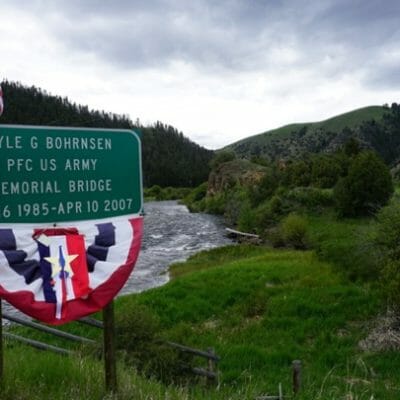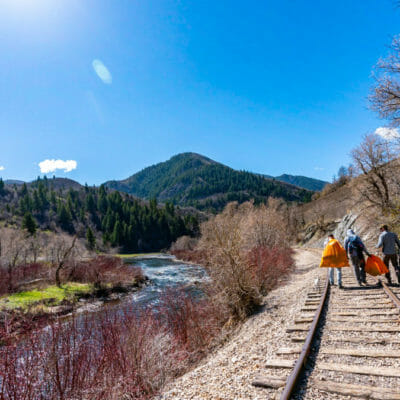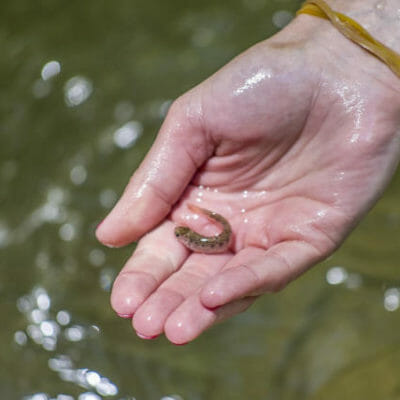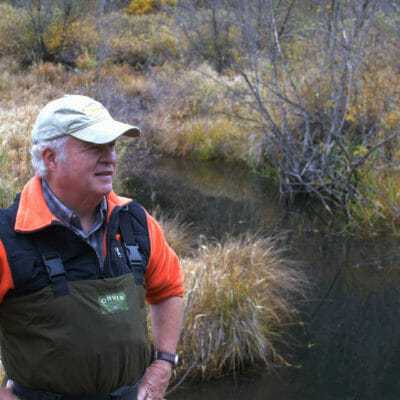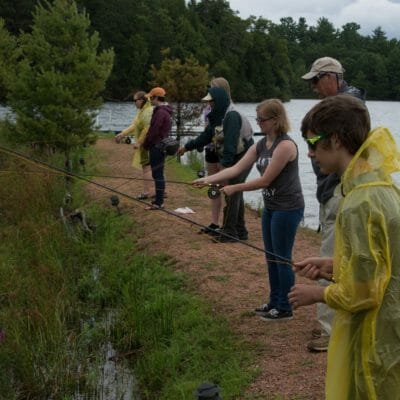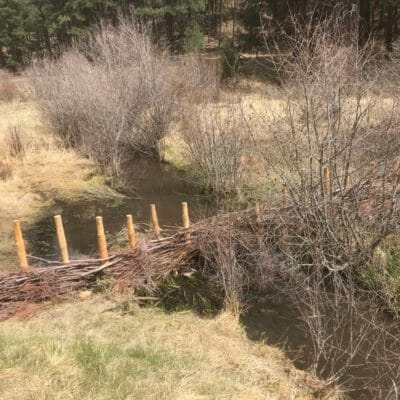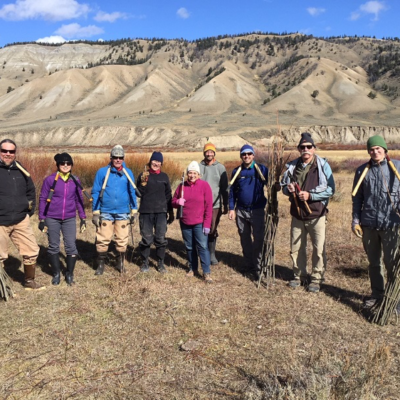If you’ve spent much time fishing in Montana, you’re probably familiar with Rock Creek just outside of Missoula. While it’s importance to fly anglers has been long known, it’s key role in trout recruitment for the Clark Fork River is starting to come to light. With that in mind, Trout Unlimited brought in Tess Scanlon,…
Volunteers walk along railroad tracks in Provo Canyon, Utah, after participating in an organzied river cleanup by Brighton Anglers. Courtesy Brighton Anglers. By Brett Prettyman The sudden jolt backwards almost made me fall out of the boat. After my less-than-graceful fall into the dory seat I turned to witness what I was sure was going…
TU is working with conservation parnters in Tennesee to reintroduce native brook trout in Little Stony Creek. Editor’s note: TU volunteers are in the news every single day. Here are just a few examples of how TU’s volunteers are making fishing better this week. The Doc Fritchey Chapter of Trout Unlimited in Pennsylvania is about…
Eighteen years ago, on June 9, 2000, President Bill Clinton signed a proclamation that designated 52,947 acres of federal land as the Cascade-Siskiyou National Monument in southern Oregon. Known for its incredible biodiversity, Cascade-Siskiyou is home to blacktail deer, Roosevelt elk, cougars, and a remarkable variety of other species. In 2017, President Barack Obama expanded…
This past August, nine military families gathered for an adventure filled week at Camp American Legion near Minocqua, WI. Wisconsin TU volunteers (representing 4 different TU Chapters) provided the expertise on “fly fishing day”, held August 17. The Camp offered active troops, National Guard, Reservists, and Veterans the opportunity to reconnect with reintegrate with their…
By Toner Mitchell I recently visited a tailwater stream known for its capacity to produce lots of brown trout, some of them quite large. The reservoir feeding this stream is operated exclusively for downstream agricultural users, the result of which is that the fishery i s also renowned for its poor conditions in winter, when…
Volunteers from the Jackson Hole chapter of Trout Unlimited gathered to help plant willows along a restored section of Unnamed Creek on the Upper Gros Ventre River Ranch Tributary Restoration Project. Trout Unlimited photo.< /span> By Leslie Steen Once the good part of the pavement stops it still takes nearly two hours to travel the…
